
In the context of the world entering the era of artificial intelligence and innovation, education is becoming the " national policy of national policies " - the foundation for creating fundamental breakthroughs for Vietnam's development.
Speaking at the conference to launch the new school year on August 22, Prime Minister Pham Minh Chinh emphasized that human resources are the most important factor, deciding the success or failure of each country. Education and training play a particularly important role in the rapid and sustainable development of the country, and more than ever, we need to focus on prioritizing all resources for the development of education and training.
Achievements & bottlenecks
Over the past decades, Vietnam's education has achieved important achievements, creating a foundation for the country's development. From a poor, backward country, we have completed universal primary education, expanded secondary education and gradually increased the proportion of students at university and graduate levels.
The achievements of Vietnamese students in the international arena are also a source of pride: high results in the OECD's PISA assessments, along with many awards at international Olympic competitions, have affirmed that the intellectual potential of Vietnamese people is not inferior to that of friends around the world.
At the same time, the education system has expanded in both scale and form, with the emergence of many non-public institutions, contributing to diversifying social resources invested in education. In particular, during the COVID-19 pandemic, Vietnam quickly adapted to online learning, demonstrating its flexibility and revealing the potential for digital transformation in education.

However, these advances are not enough to make Vietnam a leading country in the AI era. The current education system still has many bottlenecks: teaching content is still heavy on imparting knowledge, light on developing creative thinking; students learn a lot by heart but their ability to debate, be creative and solve practical problems is limited. The gap between training and the labor market is still very large, as many students graduate lacking professional skills, digital skills, foreign languages and entrepreneurial spirit.
On the other hand, the management model and training content are slow to innovate; educational institutions do not have real autonomy, while the curriculum and teaching methods have not kept up with the development of science and technology. Efforts to apply digital technology and artificial intelligence in teaching, learning and management are still at the experimental level and have not become popular.
In addition, inequality in access to education still exists, as the gap between urban and rural areas, mountainous areas; between high-quality schools and schools lacking resources is increasingly evident.
Removing the above bottlenecks is an extremely urgent task, as Vietnam's golden population window will only open for about 15-20 more years. 
The global race for education in the age of AI
In human history, knowledge and education have never been such fiercely competitive fronts as they are today. If in the 20th century, national strength was determined by oil, steel or coal, then in the 21st century, the advantage belongs to those who possess high-quality human resources, especially human resources in the field of artificial intelligence. Whoever takes the lead in training AI human resources will take the initiative in economic development, science, national defense and even global influence. Therefore, education has become a "new race" in the digital age.
Western powers, typically the United States, are taking advantage of the power of the liberal arts university system to train generations of creative citizens. Harvard, Stanford, and MIT are not only places to teach knowledge, but also launch pads for America's pillar technology corporations. The spirit of daring to ask questions, challenging the status quo, and engaging in innovation has turned Silicon Valley into the cradle of world-changing ideas.
Next to us, China has shown an unprecedented ambition. Since 2017, Beijing has announced plans to become the world's number one artificial intelligence center by 2030. To realize this goal, China has not only invested tens of billions of dollars in technology infrastructure, but also carried out a profound reform in education. Programming, mathematics and data science have been included in the general education curriculum; technology universities have been strengthened with resources; STEM education has become a national priority. In particular, China has also piloted the use of artificial intelligence to personalize learning, creating "AI citizens" from the young generation. This approach shows that China considers education not only as a foundation, but also as a strategic competitive tool to rise to the position of a leading power.
Not only the United States or China, many other countries are also accelerating. South Korea promotes digital education, treating each student as a "data user", thereby individualizing learning based on AI. Singapore aims to become a global education center, turning the small island nation into a place to provide high-quality human resources for the entire region. Israel focuses on building an entrepreneurial education system associated with cybersecurity, turning schools into technology incubators for both the civilian and defense sectors.
In that context, Vietnam faces a big challenge: either make breakthrough reforms to join the global game, or accept falling behind. As the world moves into the era of artificial intelligence, knowledge and creativity become "endless resources" to replace coal, oil or rare minerals. Vietnam, in addition to natural resources, also has a special resource: We have the advantage of a young population, a tradition of learning and the ability to adapt quickly, but that advantage will not last forever.
If exploited, this will be a priceless gold mine to help the country make a breakthrough. However, if we do not invest in education in time, especially in digital education, STEM education and promoting creative thinking, the golden population window will close, and the opportunity for Vietnam to rise up in the AI era will pass regrettably.
Why is educational innovation so important?
Educational breakthroughs are also the foundation for all other breakthroughs. Without good human resources, institutional reform is difficult to put into practice; without digital skills, digital transformation will only stop at slogans; without creative thinking, science and technology, innovation will only be an unfinished aspiration. Education, figuratively speaking, is the key that opens all other doors to development.
More importantly, time does not wait. Therefore, educational breakthroughs must be placed at the center of every development strategy to realize the aspiration of great power by 2045.
Pillars of breakthrough educational reform in Vietnam
If we want Vietnamese education to truly become a driving force for breakthroughs in the new era, we need a comprehensive reform based on solid pillars. First of all, we must fundamentally change educational thinking, shifting from the model of teaching words and stuffing knowledge to liberating thinking, nurturing creativity and forming problem-solving skills. Students not only need to be good at remembering and following, but more importantly, they need to know how to ask questions, know how to debate, dare to try new things and dare to fail in order to grow.
Along with the innovation of thinking is the use of technology to digitize and personalize learning. Artificial intelligence and big data need to be applied to design individual learning paths for each student, helping to maximize individual capacity. Education then is no longer limited to the classroom, but expands to the digital space, where learners can learn anytime, anywhere, at their own pace.
Another important pillar is to closely connect schools with businesses and society. Only when training programs truly reflect the needs of the labor market, will education truly create value. Students need to learn in conjunction with practice, be exposed to the startup environment, and be encouraged to create their own jobs instead of just looking for jobs. It is this connection that will turn education into a direct driver of growth and innovation.
To have a strong education system, teachers must be placed at the center. Teachers are the "architects of the future", the guides and the inspirations. Therefore, policies must ensure that they are constantly retrained and upgraded in technology, pedagogy and digital skills. At the same time, the remuneration must be sufficient to make them feel secure in their dedication. In the AI era, the role of teachers is not lost, but on the contrary, becomes more important: they are the ones who ignite the passion for learning and shape the personality of the younger generation.
In addition, Vietnamese education must open up to integrate more strongly with the world. International cooperation, training links, and exchanges of lecturers and students need to become regular. Vietnam must not only send students to study abroad, but also become an attractive destination for regional and international friends. Only by incorporating global standards into the curriculum, while preserving national identity, can we create a generation of citizens who are both patriotic Vietnamese and global citizens.
Finally, education in the new era must also foster ethics, social responsibility and global citizenship. We need to train people who are kind, cooperative, sharing and responsible to the community. When knowledge is combined with character, individual capacity will be fully developed.
The above pillars will only become reality if they are materialized in action. Institutional reform is needed to give real autonomy to educational institutions, along with accountability. There must be strong investment in digital infrastructure, open learning resources and AI learning assistants, ensuring that students in all regions have the opportunity to access modern knowledge. Teachers need to be retrained, regularly upgraded in skills, and given opportunities for international cooperation. Schools must be linked with businesses, so that training is linked to employment and innovation. And above all, a culture of lifelong learning must be built in the whole society, making learning a continuous journey for every citizen.
Vietnam must also take advantage of the golden opportunity of its young population to train a generation of “AI-natives” – people who not only use technology but also master and create technology. This is the key to not falling behind, but on the contrary, being able to rise up in the global race.
In the AI era, education is the foundation that determines the prosperity or decline of a country. If Vietnam wants to be strong by 2045, it must comprehensively reform from thinking, content, governance model to technology and learning culture. Putting education at the center of the national development strategy is the only way to unleash the full potential of Vietnamese people, turn intelligence into a competitive resource, and bring the country firmly into the era of development.
According to baochinhphu.vn
Source: https://baocamau.vn/giao-duc-phai-la-quoc-sach-hang-dau-de-dua-dat-nuoc-vung-buoc-vao-ky-nguyen-vuon-minh-a121786.html



![[Photo] 60th Anniversary of the Founding of the Vietnam Association of Photographic Artists](/_next/image?url=https%3A%2F%2Fvphoto.vietnam.vn%2Fthumb%2F1200x675%2Fvietnam%2Fresource%2FIMAGE%2F2025%2F12%2F05%2F1764935864512_a1-bnd-0841-9740-jpg.webp&w=3840&q=75)

![[Photo] National Assembly Chairman Tran Thanh Man attends the VinFuture 2025 Award Ceremony](/_next/image?url=https%3A%2F%2Fvphoto.vietnam.vn%2Fthumb%2F1200x675%2Fvietnam%2Fresource%2FIMAGE%2F2025%2F12%2F05%2F1764951162416_2628509768338816493-6995-jpg.webp&w=3840&q=75)





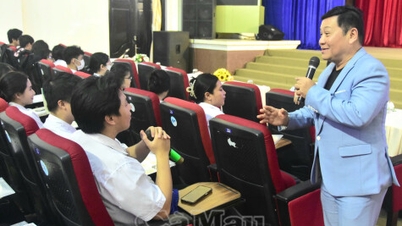


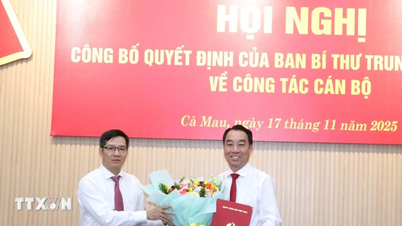

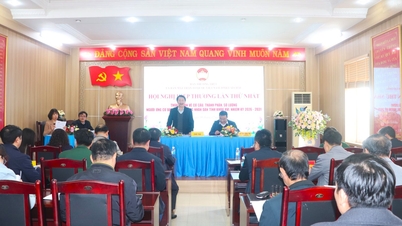



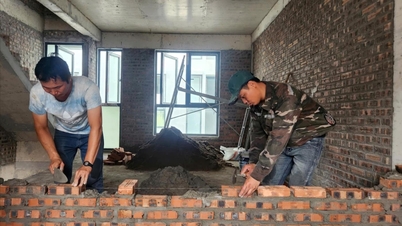













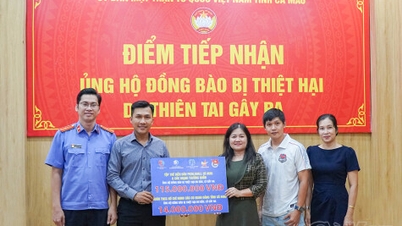


















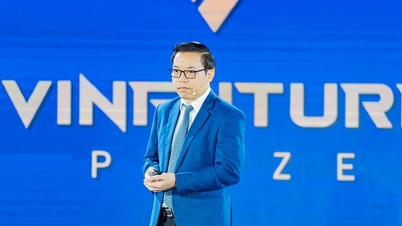

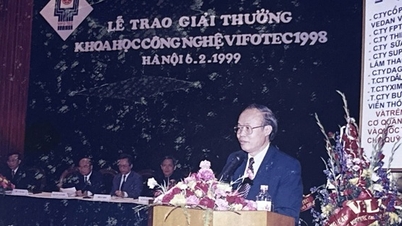




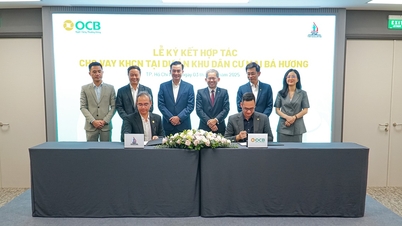
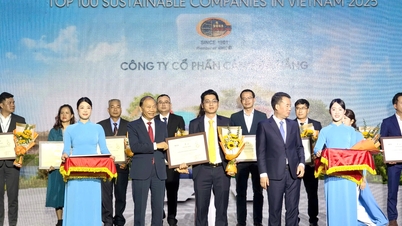
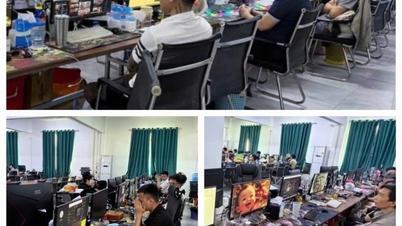
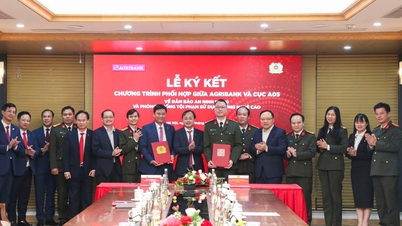

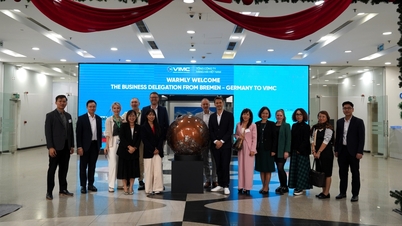






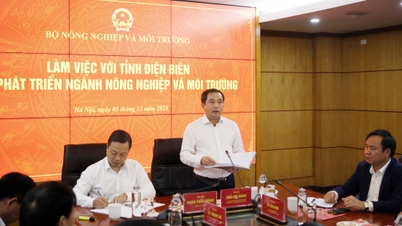







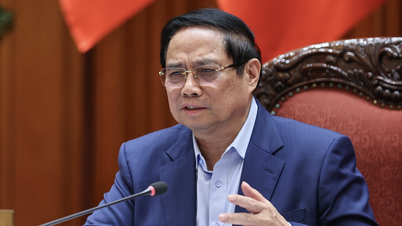


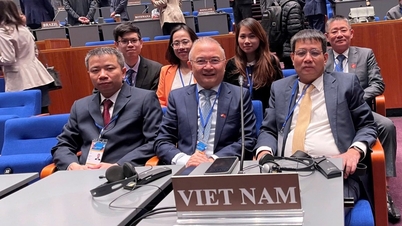


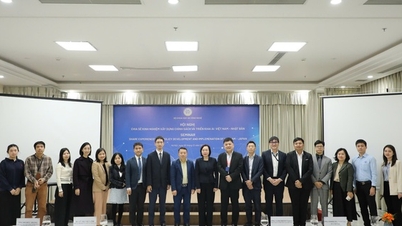
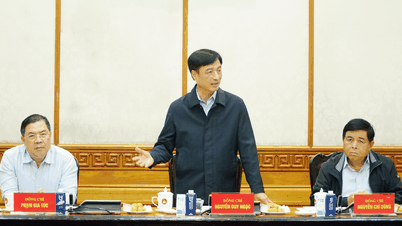

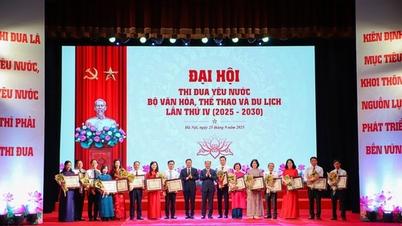





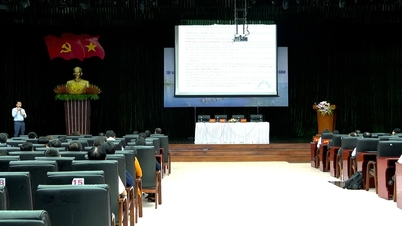

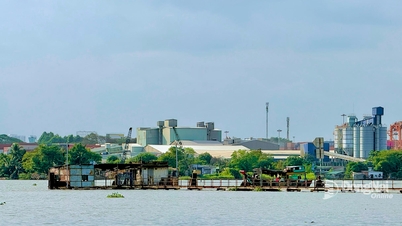
















Comment (0)